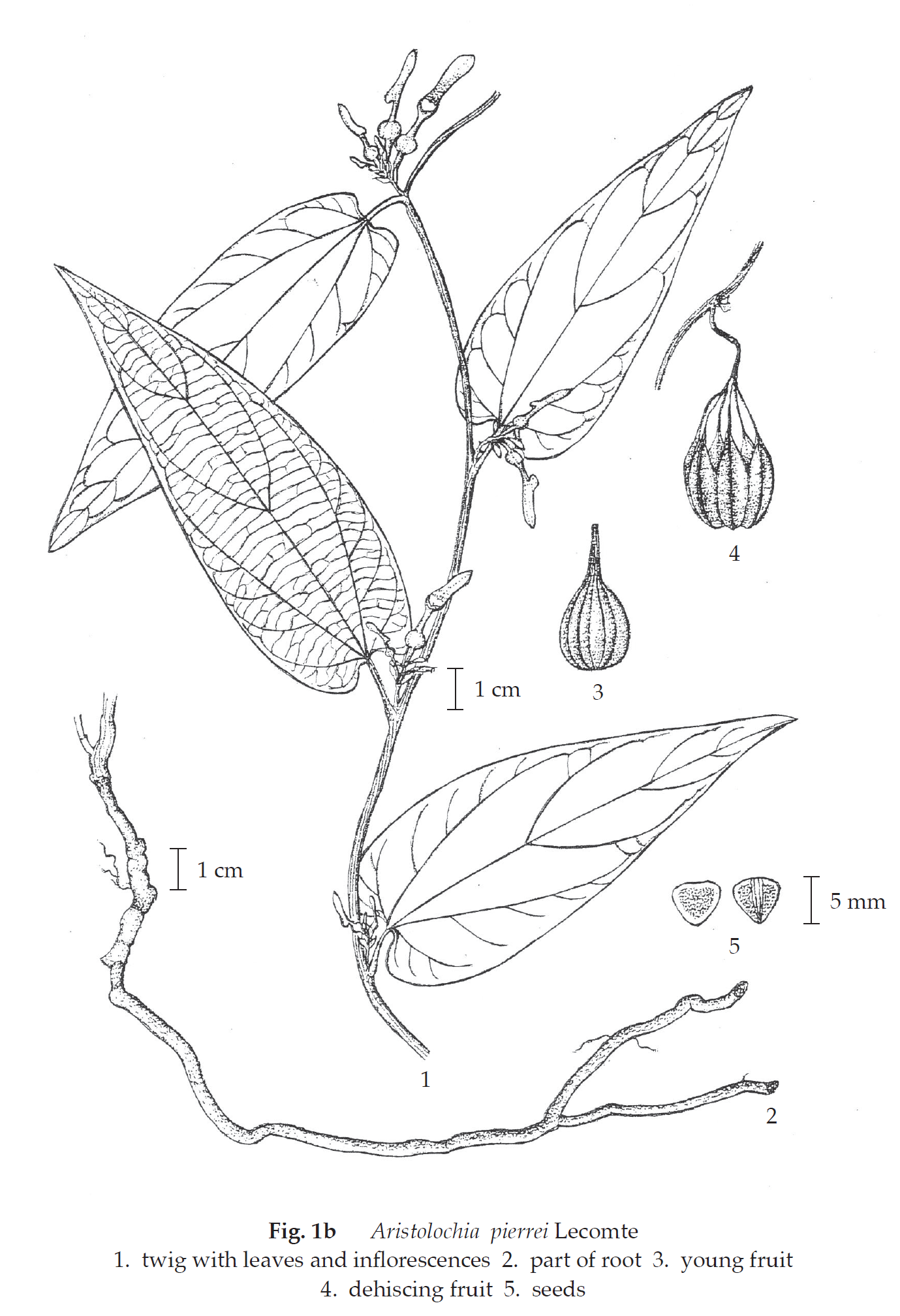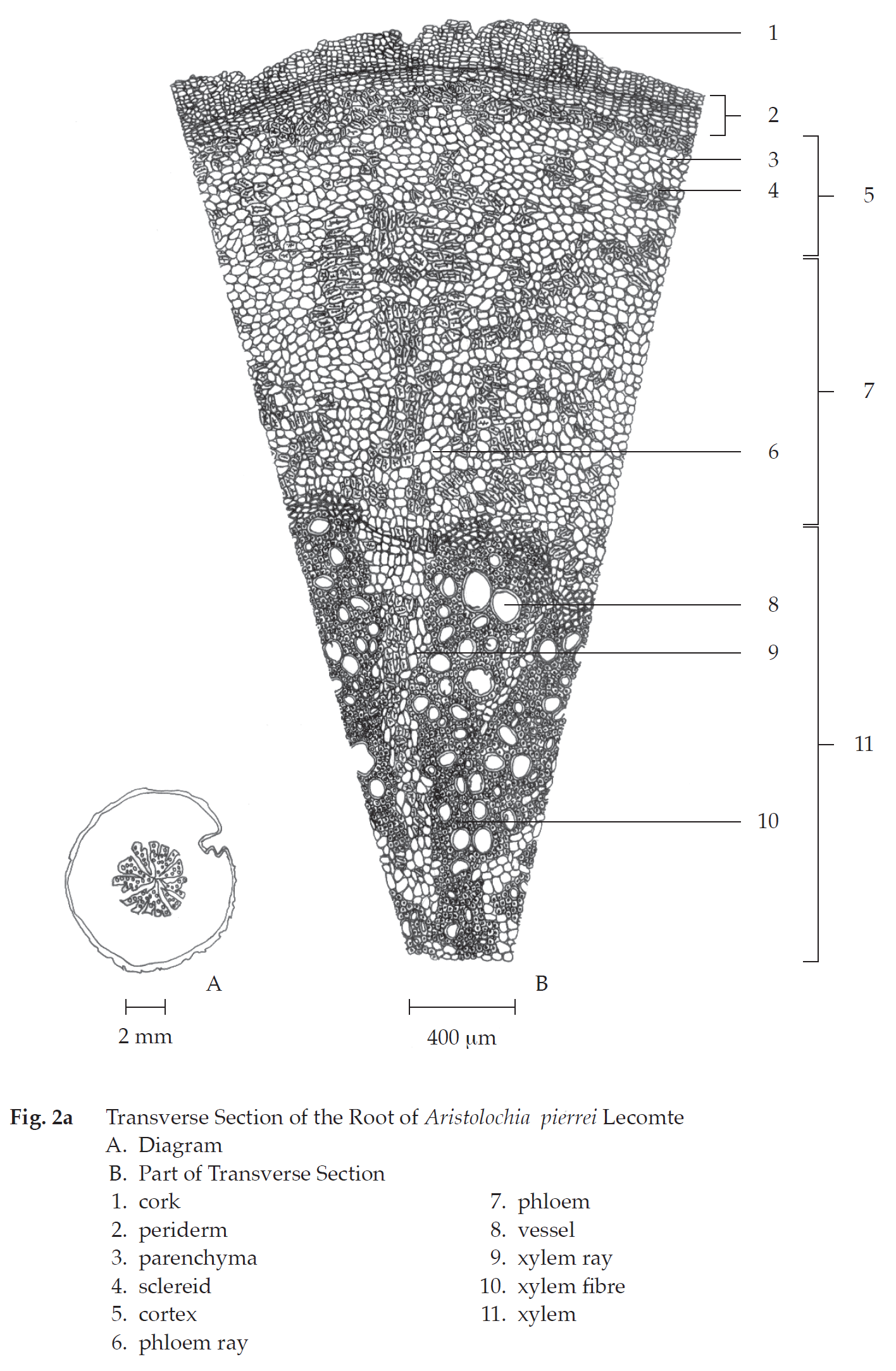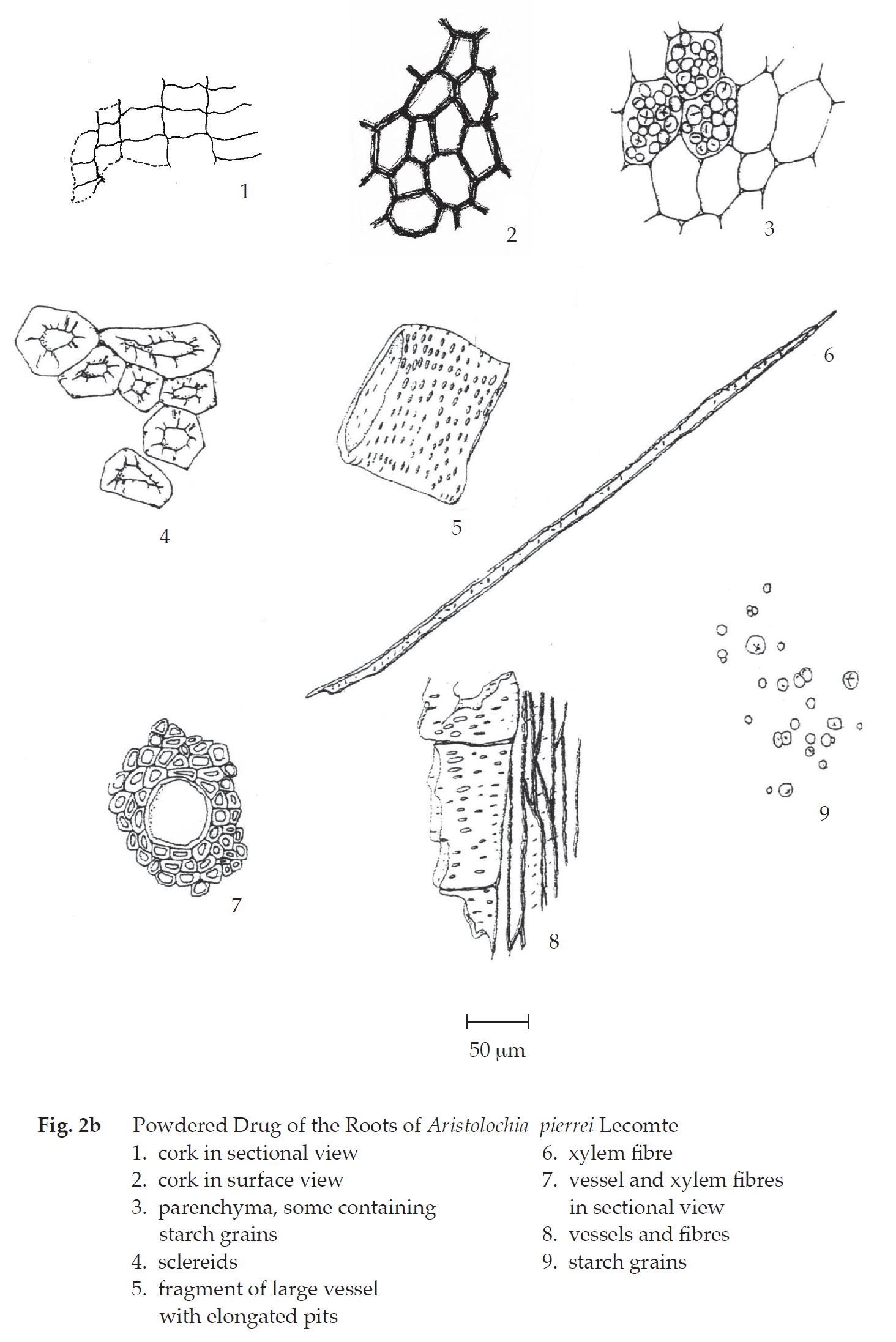ตำรามาตรฐานยาสมุนไพรไทย
Thai Herbal Pharmacopoeia
สำนักยาและวัตถุเสพติด กรมวิทยาศาสตร์การแพทย์ กระทรวงสาธารณสุข
Bureau of Drug and Narcotic, Department of Medical Sciences, Ministry of Public Health(Tinospora crispa (L.) Hook.f. & Thomson)
(Nelumbo nucifera Gaertn.)
(Centella asiatica (L.) Urb.)
(Centella Dry Extract)
(Centella Cream)
(Mesua ferrea L.)
(Piper sarmentosum Roxb.)
(Piper sarmentosum Roxb.)
(Pterocarpus santalinus L. f.)
(Santalum album L.)
(Senna tora (L.) Roxb.)
(Senna alata (L.) Roxb.)
(Senna Alata Tea)
(Piper retrofractum Vahl)
(Myristica fragrans Houtt)
(Andrographis paniculata (Burm. f.) Nees)
(Andrographis Capsules)
(Allium ascalonicum L.)
(Ocimum tenuiflorum L.)
(Curcuma longa L.)
(Turmeric Capsules)
(Turmeric Dry Extract)
(Turmeric Dry Extract Capsules)
(Arcangelisia flava (L.) Merr.)
(Curcuma sp.)
Harrisonia perforata (Blanco) Merr.
(Aristolochia pierrei Lecomte)
(Zingiber officinale Roscoe)
(Ginger Capsules)
(Ginger Tea)
(Cassia fistula L.)
(Nardostachys jatamansi (D. Don) DC.)
(Angelica sinensis (Oliv.) Diels)
Artemisia annua L.
(Ligusticum sinense Oliv. cv. Chuanxiong)
(Neopicrorhiza scrophulariiflora Pennell)
(Atractylodes lancea (Thunb.) DC.)
(Aucklandia lappa Decne)
(Terminalia chebula Retz.)
(Angelica dahurica (Hoffm.) Benth. & Hook. f. ex Franch. & Sav. var. dahurica)
(Kaempferia parviflora Wall. ex Baker)
(Hibiscus sabdariffa L.)
(Roselle Tea)
(Allium sativum L.)
(Zingiber zerumbet (L.) Sm.)
(Wurfbainia testacea (Ridl.) Škorničk.& A. D. Poulsen)
(Cannabis sativa L.)
(Myristica fragrans Houtt)
(Dracaena cochinchinensis (Lour.) S. C. Chen)
(Ficus racemosa L.)
(Hyptis suaveolens (L.) Poit.)
Clerodendrum indicum (L.) Kuntze
(Phyllanthus emblica L.)
(Citrus hystrix DC.)
(Citrus hystrix DC.)
(Areca catechu L.)
(Momordica charantia L.)
Moringa oleifera Lam.
(Aegle marmelos (L.) Corrêa)
(Solanum trilobatum L.)
(Morus alba L.)
Gynostemma pentaphyllum(Thunb.)
Makino
(Clinacanthus nutans (Burm. f.) Lindau)
(Cissus quadrangularis L.)
(Mimusops elengi L.)
(Zingiber montanum (J. König) Link. ex A. Dietr.)
(Piper betle L.)
(Capsicum annuum L.)
(Capsicum Oleoresin)
(Capsicum Gel)
(Piper nigrum L.)
(Piper nigrum L.)
(Eurycoma longifolia Jack)
(Thunbergia laurifolia Lindl.)
(Piper wallichii (Miq.) Hand.-Mazz.)
Senna garrettiana (Craib) H. S. Irwin & Barneby
(Terminalia bellirica (Gaertn.) Roxb.)
(Terminalia chebula Retz.)
(Caesalpinia bonduc (L.) H. Roxb.)
(Tarlmounia elliptica (DC.) H. Rob., S. C. Keeley, Skvaria & R. Chan)
(Hog Creeper Vine Dry Extract Capsiles)
(Hog Creeper Vine Dry Extract)
(Brachypterum scandens (Roxb.) Miq.)
(Lepidium sativum L.)
(Nigella sativa L.)
(Cuminum cyminum L.)
(Foeniculum vulgare Mill.)
(Plantago ovata Forssk.)
(Pimpinella anisum L.)
(Carum carvi L.)
(Anethum graveolens L.)
(Trachyspermum ammi (L.) Sprague)
Albizia procera (Roxb.) Benth.
(Acorus calamus L.)
(Tiliacora triandra (Colebr.) Diels)
Cyanthillium cinereum (L.) H. Rob.
(Orthosiphon aristatus (Blume) Miq.)
Murdannia loriformis (Hassk.) R. S. Rao & Kammathy
(Capparis micracantha DC.)
(Chrysopogon zizanioides (L.) Roberty)
(Cyperus rotundus L.)
(Cannabis sativa L.)
(Syzygium aromaticum (L.) Merr. & L. M. Perry)
(Boesenbergia rotunda (L.) Mansf.)
(Acanthus ebracteatus Vahl)
(Acanthus ilicifolius L.)
(Kaempferia galanga L.)
(Curcuma comosa Roxb.)
Betula alnoides Buch.-Ham. ex D. Don
Cannabis sativa L.
Carthamus tinctorius L
Mitragyna speciosa (Korth.) Havil
Mallotus repandus (Rottler) Müll. Arg
Azadirachta indica A. Juss. var. siamensis Valeton
Azadirachta indica A. Juss. var. siamensis Valeton
Punica granatum L.
Rhinacanthus nasutus (L.) Kurz
Baliospermum solanifolium (Burm.) Suresh
Curcuma aeruginosa Roxb
Boesenbergia kingii Mood & L. M. Prince
Senegalia rugata (Lam.) Britton & Rose
Acacia concinna (Willd.) DC.
Senegalia rugata (Lam.) Britton & Rose
Acacia concinna (Willd.) DC.
Senna alexandriana Mill. var. alexandriana
Cassia acutifolia Delile, Cassia angustifolia Vahl
Butea superba Roxb. ex Willd.
[Plaso superba (Roxb. ex Willd.) Kuntze, Rudolphia superba (Roxb. ex Willd.) Poir.
Pueraria candollei Graham
ex Benth. var. mirifica (Airy Shaw & Suvat.) Niyomdham
Streblus asper Lour.
Suregada multiflora (A. Juss.) Baill. (Gelonium
multiflorum A. Juss.
| Caution This monograph is provided solely for identification of aristolochia pierrei roots since the use of Aristolochia spp. in herbal drugs and herbal drug preparations has been banned in many countries including Thailand as they contain aristolochic acids which may cause nephrotoxicity and have been listed by the World Health Organization as doseindependent carcinogenic substances since 2010. |
Aristolochia Pierrei Root is the dried root of Aristolochia pierrei Lecomte (Family Aristolochiaceae), Herbarium Specimen Number: BKF 52395, Crude Drug Number: DMSc 0930.
Constituents Aristolochia Pierrei Root contains nitrophenanthrene carboxylic acids (e.g., aristolochic acids I and II).
Description of the plant (Figs. 1a, 1b) Climber; stem glabrous; root long creeping, 0.3 to 2.2 cm in diameter. Leaves simple, alternate, lanceolate to broadly lanceolate, 8.5 to 13.8 cm long, 2.8 to 4.6 cm wide, apex acute or acuminate, base cordate, margin entire, slightly recurved, upper surface finely pubescent, lower surface puberulous, scattered gland-dots on both surfaces, palmately 5-nerved, lateral nerves 3 or 4 pairs, venation reticulate, prominent below; petiole 0.9 to 3.5 cm long, grooved and hairy above, glabrous beneath. Inflorescence racemose, terminal and axillary, 3.5 to 7 cm long, tomentose; bract lanceolate or narrowly lanceolate, 0.8 to 1.2 cm long, 3.5 to 4.5 mm wide, hairy on both surfaces. Flower: pedicel slender, 0.4 to 1 cm long; perianth 2 to 3.5 cm long, basally expanded into utricle, then contracted into a slender tube, with limb at apex; utricle spherical or ovoid, 3.5 to 4.5 mm long, 3 to 4 mm wide, purple inside; tube 5 to 8.5 mm long, about 1 mm wide, greenish light brown; limb oblong, 1 to 1.5 cm long, about 5 mm wide, purplish brown; stamens 6, adnate to style forming a gynostemium, 1.8 to 2.1 mm long, anther oblong, about 0.4 mm long, about 0.2 mm wide; ovary inferior, cylindrical, 3.7 to 4.5 mm long, about 1 mm wide, 6-loculed, ovules numerous per locule, stigmatic lobes 6, elongate conical, obtuse. Fruit septicidally dehiscent capsule, ovoid, 2 to 2.5 cm long, 1.8 to 2 cm wide; fruit stalk 3.2 to 4.5 cm long. Seed broadly obcordate or triangular, 5.5 to 6 mm long, 4.5 to 5 mm wide, winged, verrucose on both sides, dark brown.
Description Odour, characteristic; taste, bitter.
Macroscopical (Fig. 1a) Cylindrical or compressed-cylindrical, up to 15 cm long, 0.3 to 2 cm in diameter, slightly tortuous; externally, pale yellowish brown to dark brown, rough or uneven, wrinkled with rootlet scars, heavy, compact, and brittle; fracture uneven with dark brown bark; wood with 4 to 15 prominent radial-arranged rays and distinct yellowish brown annual.
Microscopical (Figs. 2a, 2b) Transverse section of the root shows periderm, cortex, phloem, and xylem. Periderm: lenticels, several layers of cork, a layer of cork cambium, and several layers of phelloderm. Cortex: several layers of sclereids beneath periderm, groups of sclereids and parenchyma, some containing starch grains. Phloem: phloem parenchyma, groups of sclereids and phloem rays. Xylem: vessels, xylem rays and xylem fibres.
Aristolochia Pierrei Root in powder possesses the diagnostic microscopical characters of the unground drug. Large, simple-pitted vessels and fibres with dentate walls are characteristic.




Packaging and storage Aristolochia Pierrei Root shall be kept in well-closed containers, protected from light, and stored in a dry place.
Identification Carry out the test as described in the “Thin-Layer Chromatography” (Appendix 3.1), using silica gel GF254 as the coating substance and a mixture of 90 volumes of dichloromethane and 10 volumes of methanol as the mobile phase and allowing the solvent front to ascend 10 cm above the line of application. Apply separately to the plate, 5 μL each of the following two solutions. Prepare solution (A) by refluxing 1 g of the sample, in powder, with 25 mL of methanol for 30 minutes and filtering. Evaporate the filtrate to dryness and dissolve the residue in 2 mL of methanol. For solution (B), dissolve 1 mg of aristolochic acid I in 1 mL of methanol. After removal of the plate, allow it to dry in air and examine the plate under ultraviolet light (254 nm), marking the quenching spots. The chromatogram obtained from solution (A) shows a quenching spot (hRf value 43 to 49) corresponding to the aristolochic acid I spot from solution (B); other quenching spots are also observed. Examine the plate under ultraviolet light (366 nm); several fluorescent spots of different colours are observed. Subsequently spray the plate with a 10 per cent v/v solution of sulfuric acid in methanol and heat at 80° for 10 minutes; the spot due to aristolochic acid I is brown. Several other spots of different colours are observed (Table 1); see also Fig. 3.
Table 1 hRf Values of Components in Methanolic Extract of the Roots of Aristolochia pierrei Lecomte
| Spot | hRf Value | Detection | ||
| UV 254 | UV 366 | 10 Per Cent V/V Solution of Sulfuric Acid in Methanol |
||
| 1 | 2-4 | - | bluish green | brown |
| 2 | 12-18 | - | blue | - |
| 3 | 18-22 | - | bluish green | - |
| 4* | 43-49 | quenching | - | brown |
| 5 | 55-61 | - | bluish green | - |
| 6 | 58-64 | - | blue | - |
| 7 | 67-72 | - | light green | - |
| 8 | 72-79 | weak quenching | - | - |
| 9 | 83-89 | - | blue | - |
| 10 | 87-92 | - | - | violet |
| 11 | 89-95 | quenching | yellow | |
*aristolochic acid I
Loss on drying Not more than 11.0 per cent w/w after drying at 105° to constant weight (Appendix 4.15).
Foreign matter Not more than 2.0 per cent w/w (Appendix 7.2).
Acid-insoluble ash Not more than 2.0 per cent w/w (Appendix 7.6).
Total ash Not more than 4.0 per cent w/w (Appendix 7.7).
Ethanol (50 per cent)-soluble extractive Not less than 9.0 per cent w/w (Appendix 7.12).
Water-soluble extractive Not less than 7.0 per cent w/w (Appendix 7.12).
